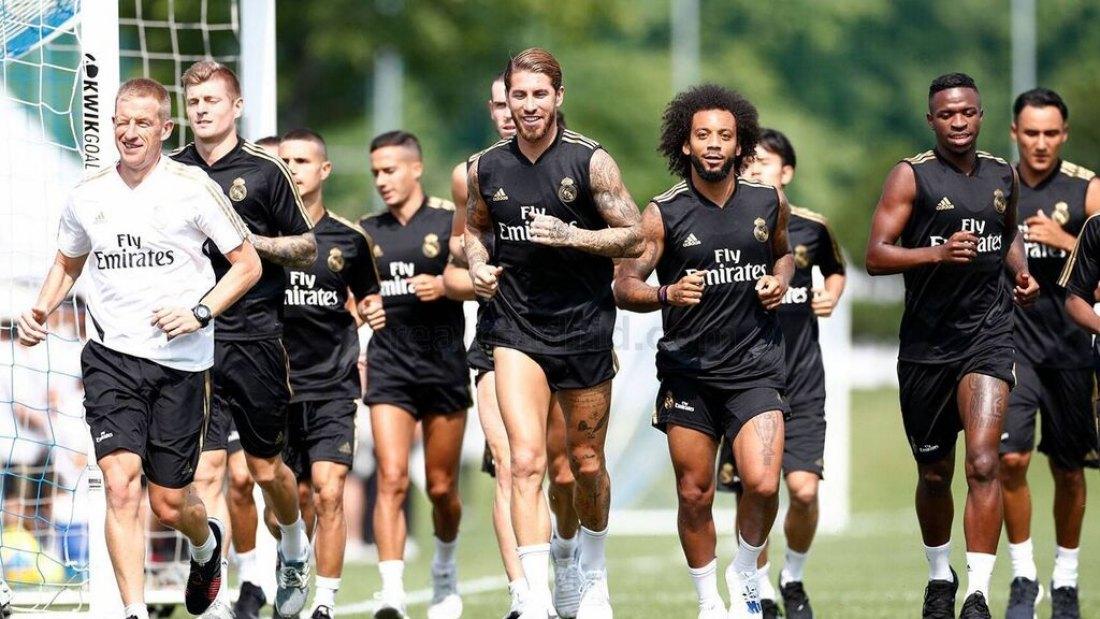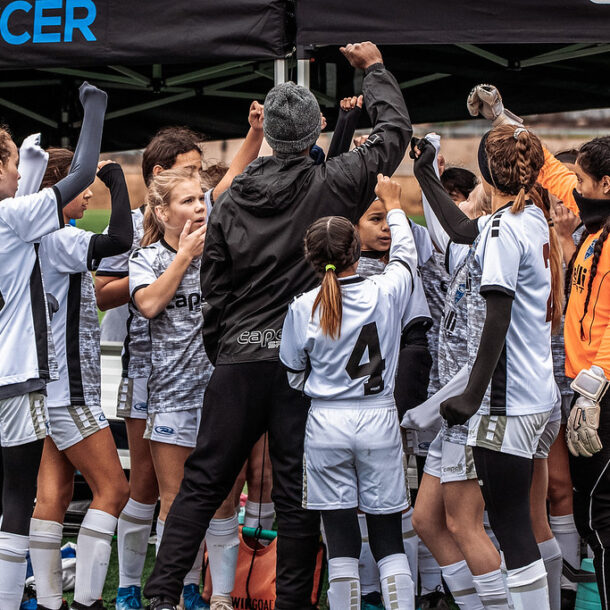
A colleague coach and friend of mine always says, almost as a disclaimer before expressing an opinion: “Hey look, I’m not Mourinho, but if you ask me…”
Beyond the humble approach, what I find adequate about this phrase is that both in Football as in Conditioning, there’s a lot of science and a lot of art, so it frequently happens that what was thought to be appropriate to do a couple years ago is not seen as such anymore, and vice-versa. The more you talk to conditioning coaches (as well as purely soccer coaches), the more you’ll find differences and personal beliefs.
Well then look, I’m not Mourinho either, but if you ask me about stretching routines, I’ll tell you what I think based on what I’ve studied and done across the years.

There’s a funny story in Argentina, almost a urban legend, that nobody knows if it’s really true, that tells that Carlos Bilardo, the country’s national team coach, world champion in 1986 and runner up in 1990, once interrupted an assistant coach who was running a stretching session by yelling “stop wasting our time with that!”. When inquired of why he considered that as such, urban legend says he openly replied “I don’t see the point in all of that stretching, have you ever seen a thief stretch before robbing a store? Well, I’ve never seen any pull a muscle when running away”.
True or false, the story is as ridiculous as it is funny, and facilitates the first concept that despite seeming to be obvious is frequently misunderstood: Warming Up and Stretching are not the same thing.
Warming Up has the purpose of increasing blood circulation and muscular temperature, as well as elevate your metabolism. In other words, warming up is about preparing your body for the upcoming physical demands minimizing the risk of injury.
Stretching, has the objective of increasing muscular flexibility and range of movements as is normally included in warm up routines, as well as in cooling down routines.
That already presents an additional layer of complexity: it is not the same to stretch before the effort, than after the effort. Before the session, our muscles are “cold and stiff” and therefore need to warm up as explained before, and after the session they are very warm, fatigued and contracted, and they need to loosen up so as to start a recovery process.
This means that we need to not only understand the stretching methods that there are but also know when they should be applied.
The most common stretching methods are:
- Statics (active and/or passive): Active Statics are the most traditional ones, in which the athlete adopts different positions to stretch and sustains the tension by himself/herself for a period of time (normally 15 – 30 seconds). Passives are the ones in which an assistant creates the tension under the athlete’s guidance, and normally reaches further levels of stretching than active. Overall, the simplicity of static stretching is one of the main advantages of this method.

- Dynamics: This method implies the stretching of muscles as part of the low intensity activity. This is a very popular method within warm up routines and is highly recommended, as it doesn’t over-tense the muscles involved. A study by Bacurau (2009) showed that this method increased the immediate manifestation of maximal strength, in comparison to static stretching, which lowered it.

- Ballistics (high speed dynamics): Ballistic methods are those in which we generate “rebounds” to reach higher levels of flexibility. Similar to dynamics but at high speed, consequently causing high, sudden tension. What’s good about these is that they are very specific for low power (explosive strength) sports like soccer, making them appropriate for warm up routines, but they can also be risky. Scientific studies show that for a short period of time (3 to 4 minutes after the execution), these generate an alteration in our muscles stretching receptors, what translates into a period of vulnerability towards getting over-tensed and cause an injury. Therefore, here’s our first conclusion: we don’t want to to add ballistics right before a high intensity effort. Or seen in a very practical way, the end of the warm up seems to be an adequate moment for these.
- Mixed: These methods, like NPF (Neuro-muscular Proprioceptive Facilitation) combine periods of muscular contraction with others of stretching and relaxation. They were very popular some decades ago but are questioned nowadays in terms of causing any additional benefits in comparison to the other approaches.
There comes another useful clarification: Recovery and Stretching are also two different things. While stretching can be used as a recovery therapy, there are also many others.
I particularly recommend for recovery (after the passive stretch) putting legs up against a wall for 5 to 10 minutes and if possible combine this with ice applications. My main reason to recommend this is because of its simplicity.
Conclusion for after practice: Passive Stretching & Recovery Therapies are great, NO Ballistic Stretching.
The last concept that is important to state is that flexibility routines are highly recommended as part of a plan, especially as the athlete gets older. Flexibility is a capacity that naturally decreases over the years. Kids are super flexible and they don’t need to stretch, but grown ups do. The importance comes from an injury prevention perspective: the more flexible you are, the less likely you’ll be of suffering muscular injuries. Careful, don’t misread this, flexibility is not the only factor that counts, I’m only stating that higher levels of flexibility reduce the risk of injury.
Hope you found this read interesting, coach.









